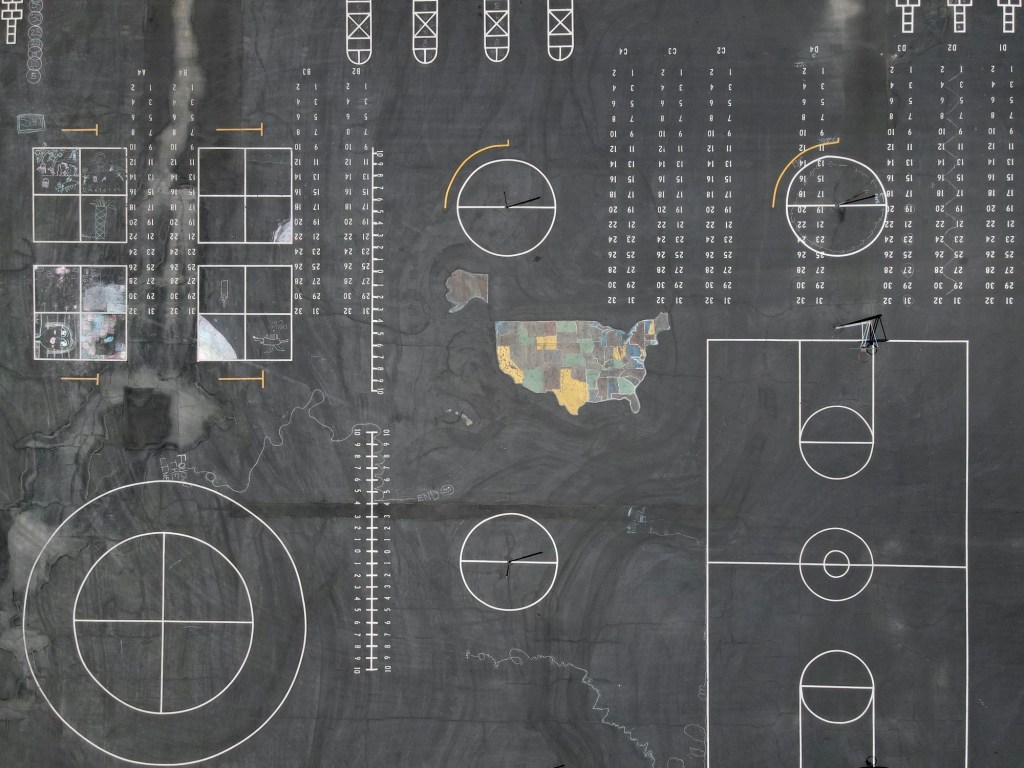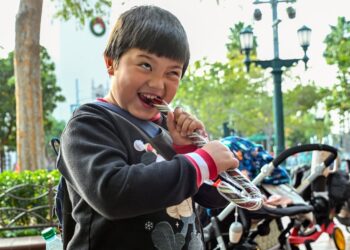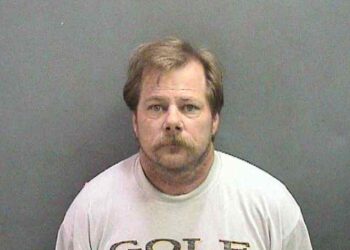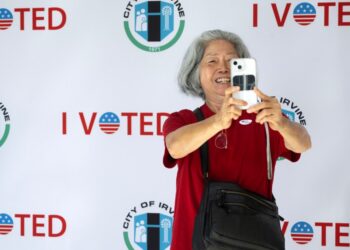If the demographic flipside of America’s rapidly aging population is a baby bust – a cycle of fewer and fewer kids born into an ever-shrinking pool of families interested in having any kids at all – then the sound of that bust might best be described as …
“Quiet,” said Angelina Gonzales, 39, who runs a small daycare out of her home in a Santa Ana neighborhood near the Willowick Golf Course.
“I mean, it’s not quiet, quiet. Kids are still noisy,” she said. “But it’s not like when I was growing up. That was noisy.”
Gonzales, born in Tonola, Mexico, as the fourth of six children, laughed as she added:
“My brothers, they could scream.”
But, these days, at her daycare, the screaming is done by the few, not necessarily the loud.
A decade ago, when she started making money looking after neighborhood kids, Gonzales had seven children in her charge. This year she’s down to three, not including her own daughter – an only child – who is 11 and spends much of the day at school.
What’s more, two of the three kids Gonzales watches are slated to start preschool a year from now. After that, she said, she’ll probably have to switch jobs.
“There aren’t any more kids left in the neighborhood.”
That’s true for a lot of neighborhoods.
Demographers and census data show that a worldwide slowdown in births started hitting the United States pretty hard during the 2008 recession and hasn’t really let up. Nationally, the U.S. had fewer kids in 2020 than it had in 2010, according to census data released earlier this year. And in higher-income, high-priced housing markets like Southern California, the birth slowdown has been particularly sharp.
The drop in kids is half the equation driving the broader aging boom, the trend in which the populations of virtually every advanced economy on earth are getting older at an almost comic rate. Last year, the median age in the United States hit 38.9 years, a year and a half older than in 2010…
Read the full article here







